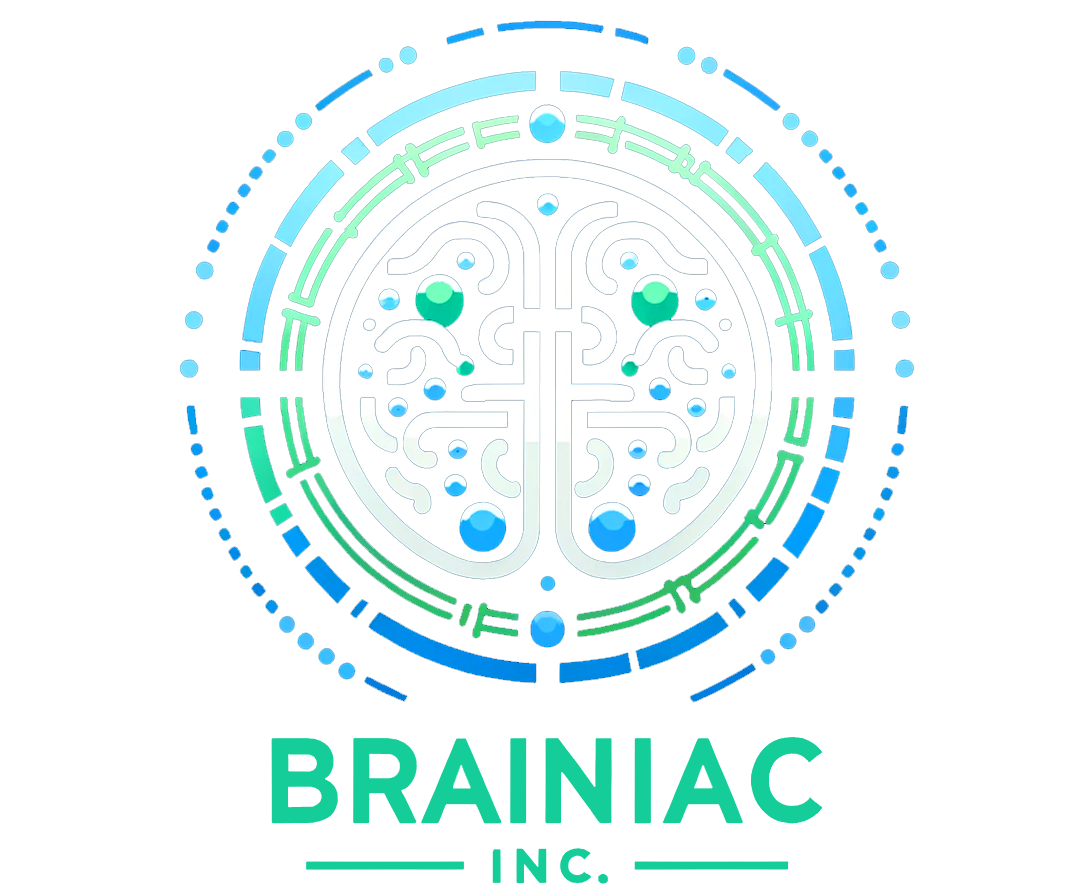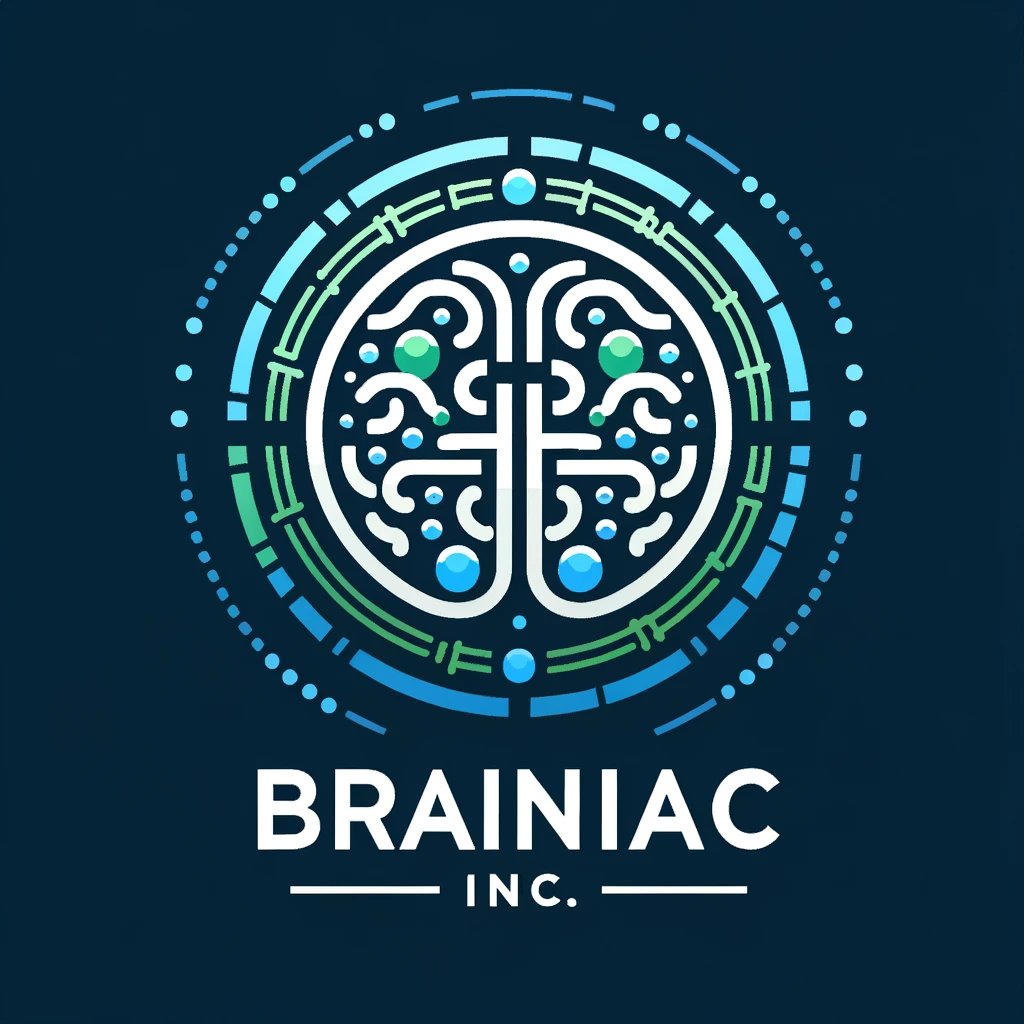If you’ve spent any time exploring HubSpot’s automation tools, you’ve likely come across both Workflows and Sequences. At first glance, they might seem similaras they both automate tasks and communications, but they’re designed for entirely different purposes. Knowing when to use a workflow versus a sequence is key to getting the most out of HubSpot.
In this post, we’ll break down the differences between workflows and sequences, explain how each works, and share examples to help you decide which one to use depending on your goals.
The Basics: What Are Workflows and Sequences?
Workflows: Automating at Scale
Workflows are HubSpot’s tool for automating processes across your marketing, sales, and customer service functions. They’re event-driven and can be triggered by actions like form submissions, deal stage updates, or property changes.
What Workflows Can Do:
- Send emails
- Update properties
- Assign tasks
- Create deals
- Add or remove contacts from lists
Workflows are great for scaling efforts that involve multiple touchpoints, conditional logic, or team collaboration. They’re ideal for scenarios where automation can run in the background without much manual intervention.
Sequences: One-to-One Engagement
Sequences are designed for sales outreach and one-on-one engagement. They allow you to send a series of personalized emails and create follow-up tasks for individual contacts. Unlike workflows, sequences stop if the contact responds, ensuring the communication feels natural and timely.
What Sequences Can Do:
- Send personalized emails at predefined intervals
- Create follow-up tasks for sales reps
- Automatically unenroll contacts when they respond
Sequences are perfect for prospecting, nurturing warm leads, or following up after meetings.
Key Differences Between Workflows and Sequences

| Feature | Workflows | Sequences |
|---|---|---|
| Purpose | Automate processes at scale | Enable personalized, one-on-one outreach |
| Audience | Multiple contacts or records | Individual contacts |
| Trigger | Event-driven (e.g., form submission) | Manual enrollment by a user |
| Goal | Manage and nurture leads, deals, and data | Engage with prospects on a personal level |
| Scope | Broad and automated | Focused and manual |
| Stops When Contact Responds | No | Yes |
When to Use Workflows
1. Lead Nurturing
Workflows are ideal for moving leads through your funnel with minimal manual effort. For example:
- Trigger: A contact downloads a whitepaper.
- Actions:
- Send a thank-you email.
- Wait 3 days, then send a follow-up email with related content.
- Add the contact to a marketing-qualified leads (MQL) list.
2. Lifecycle Management
Use workflows to update properties and manage lifecycle stages automatically.
- Trigger: A contact becomes an MQL.
- Actions:
- Update their lifecycle stage.
- Notify the assigned sales rep.
3. Internal Task Automation
Automate internal processes, such as assigning tasks or creating deals.
- Trigger: A deal moves to a new stage.
- Actions:
- Create a task for the sales rep.
- Notify the team lead.
When to Use Sequences
1. Prospecting
Sequences shine in sales outreach where personalization matters. For example:
- Scenario: A sales rep wants to follow up with a new lead.
- Sequence:
- Day 1: Send an introduction email.
- Day 3: Send a follow-up email with a case study.
- Day 5: Create a task for the rep to call the lead.
2. Follow-Up After Meetings
After a sales call or demo, use a sequence to stay in touch.
- Scenario: A prospect expresses interest but isn’t ready to buy.
- Sequence:
- Day 1: Send a recap email with a link to relevant resources.
- Day 4: Share a customer success story.
- Day 7: Task the rep to check in.
3. Trial or Demo Nurturing
Guide prospects during a trial period to ensure they’re engaging with your product.
- Sequence:
- Day 1: Send a welcome email with onboarding resources.
- Day 3: Share tips for using advanced features.
- Day 7: Follow up to ask for feedback.
Combining Workflows and Sequences for Maximum Impact
HubSpot is at its best when workflows and sequences work together. Here’s how to combine them effectively:
Scenario: Lead Qualification and Outreach
- Workflow: Automatically qualify leads and notify the sales team.
- Trigger: A lead’s score reaches a certain threshold.
- Actions:
- Update the lead status.
- Notify the sales rep.
- Sequence: Personalize outreach to the qualified lead.
- The sales rep enrolls the lead in a sequence tailored to their needs.
Common Mistakes to Avoid
1. Using Workflows for Personalized Outreach
Workflows are built for scale, not one-to-one interactions. If you’re trying to have a personal conversation, use sequences instead.
2. Overloading Sequences
Avoid using sequences for long, complex communications. They’re best for short, targeted follow-ups.
3. Neglecting Updates
Both workflows and sequences should be reviewed regularly to ensure they align with your current processes and goals.
Final Thoughts: Workflows vs. Sequences
Both workflows and sequences are powerful tools, but they’re designed for different purposes. Workflows automate large-scale processes, while sequences focus on personalized outreach. Understanding these differences—and when to use each—can help you get the most out of HubSpot.
At Brainiac Consulting, we specialize in optimizing HubSpot for businesses of all sizes. Whether you’re setting up workflows, sequences, or both, we can help you streamline your operations and drive better results.




